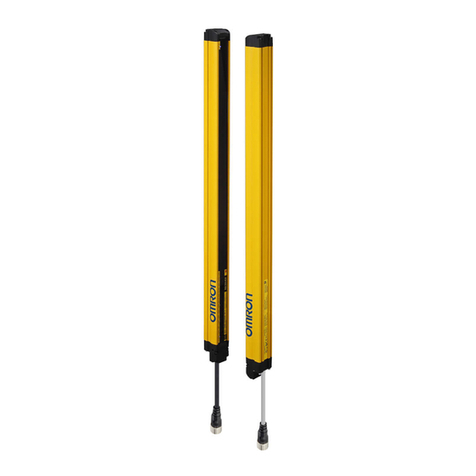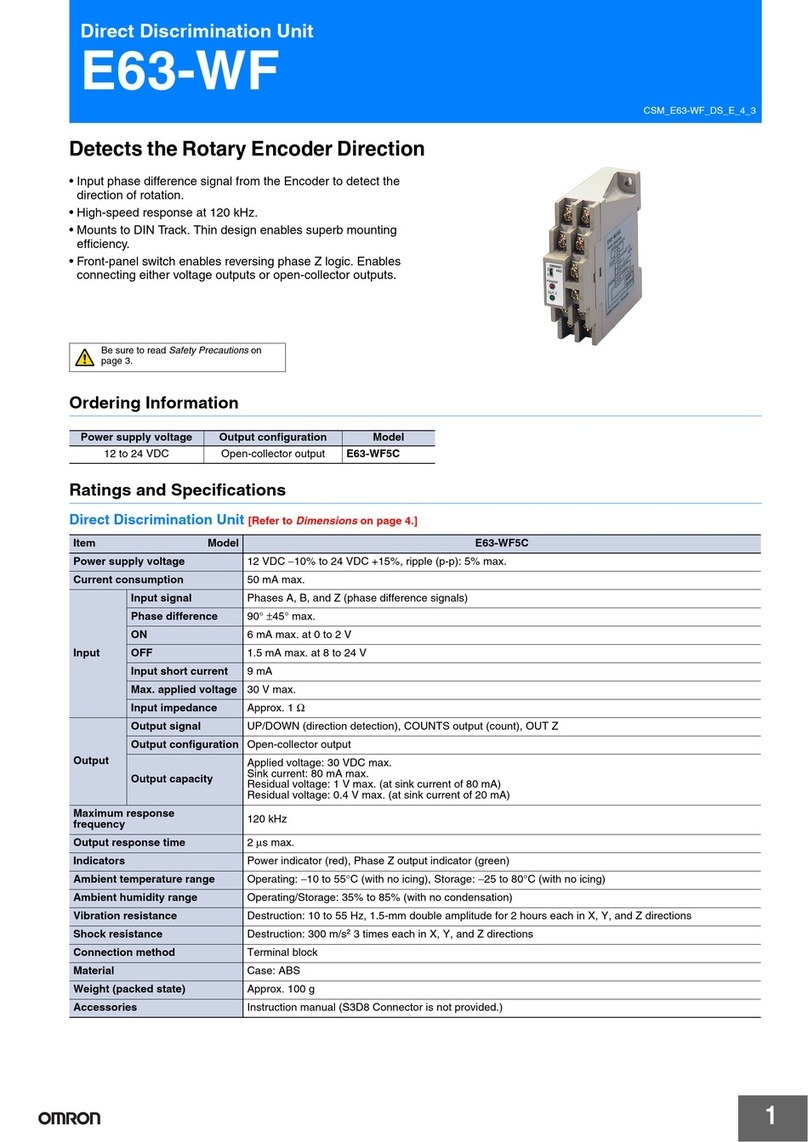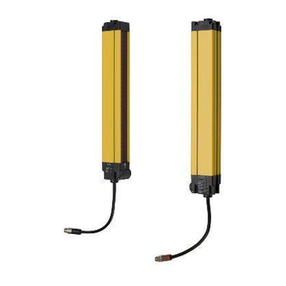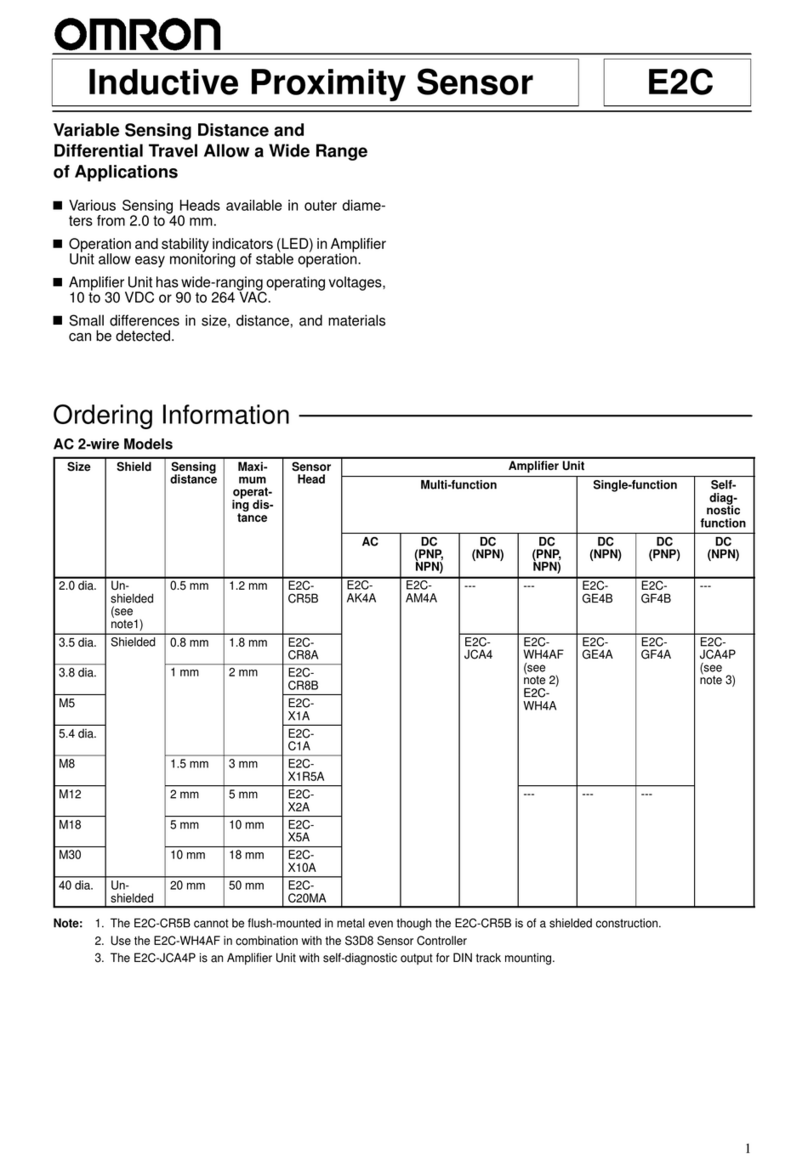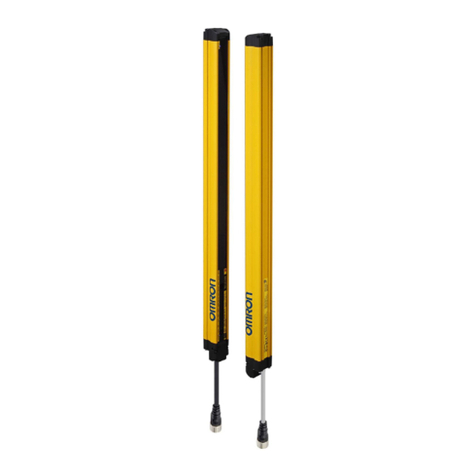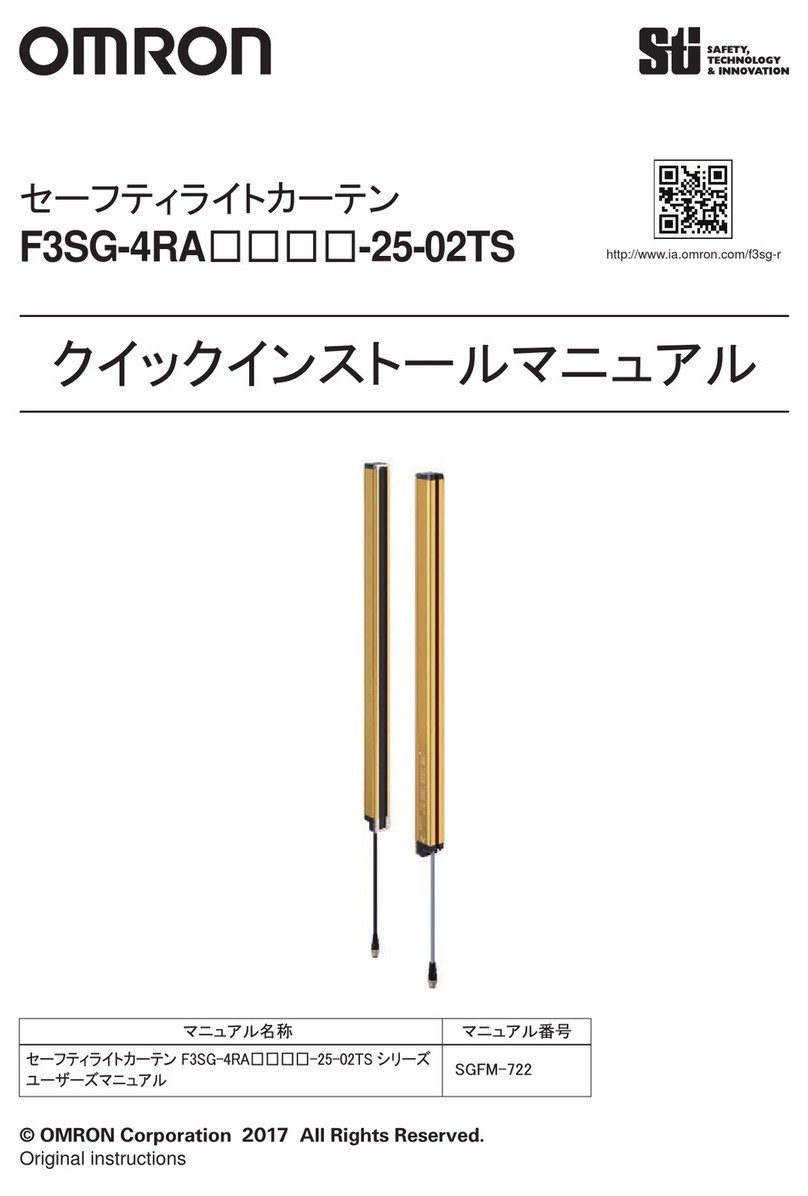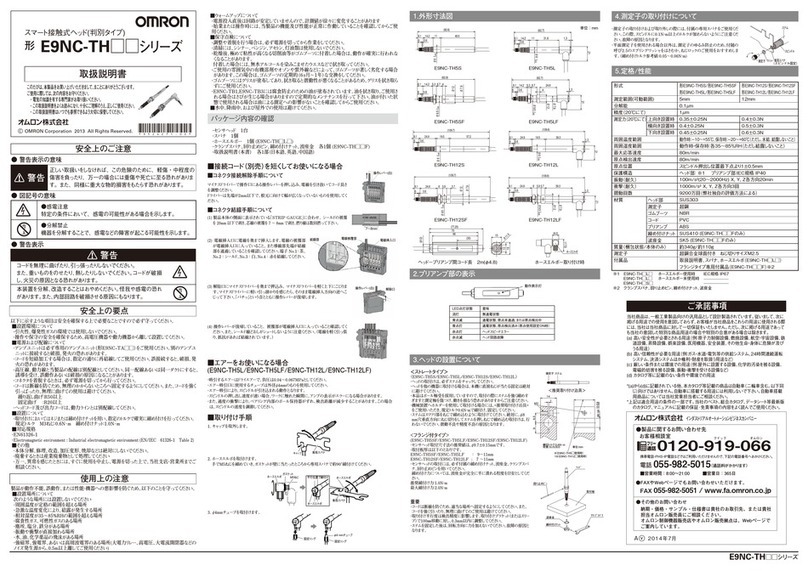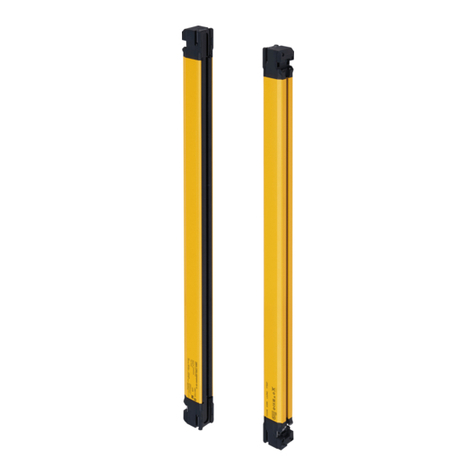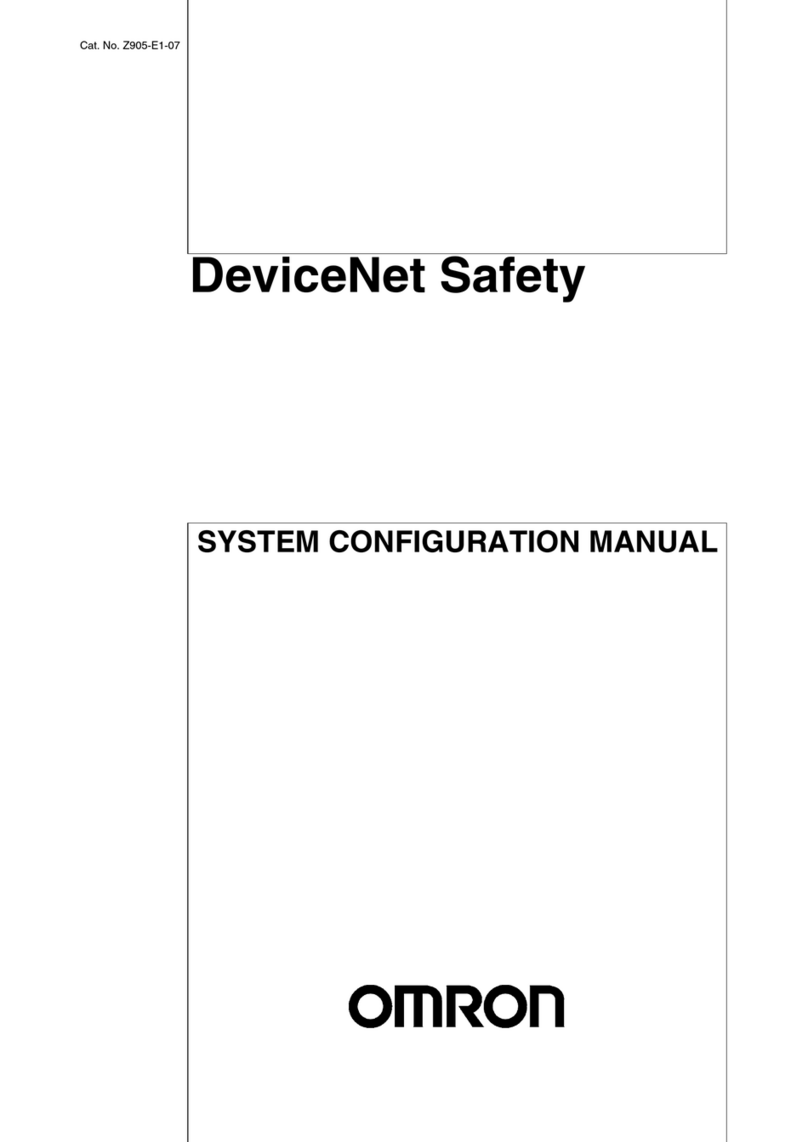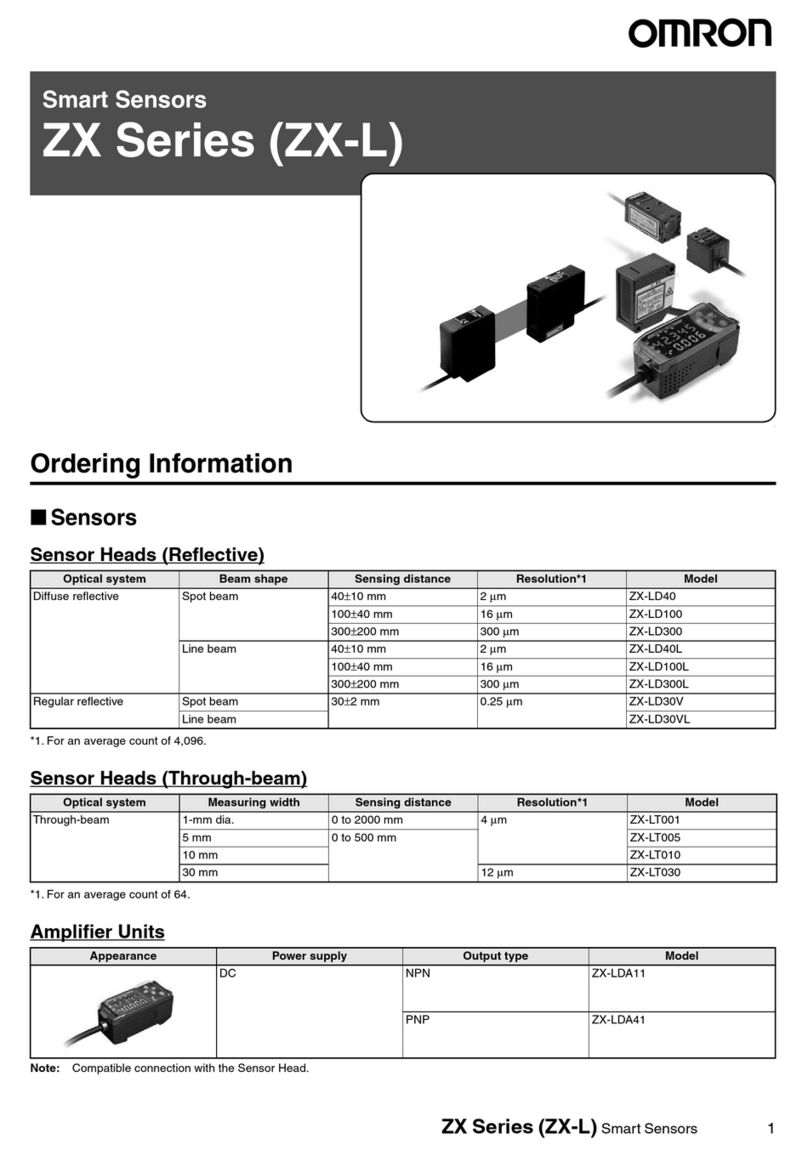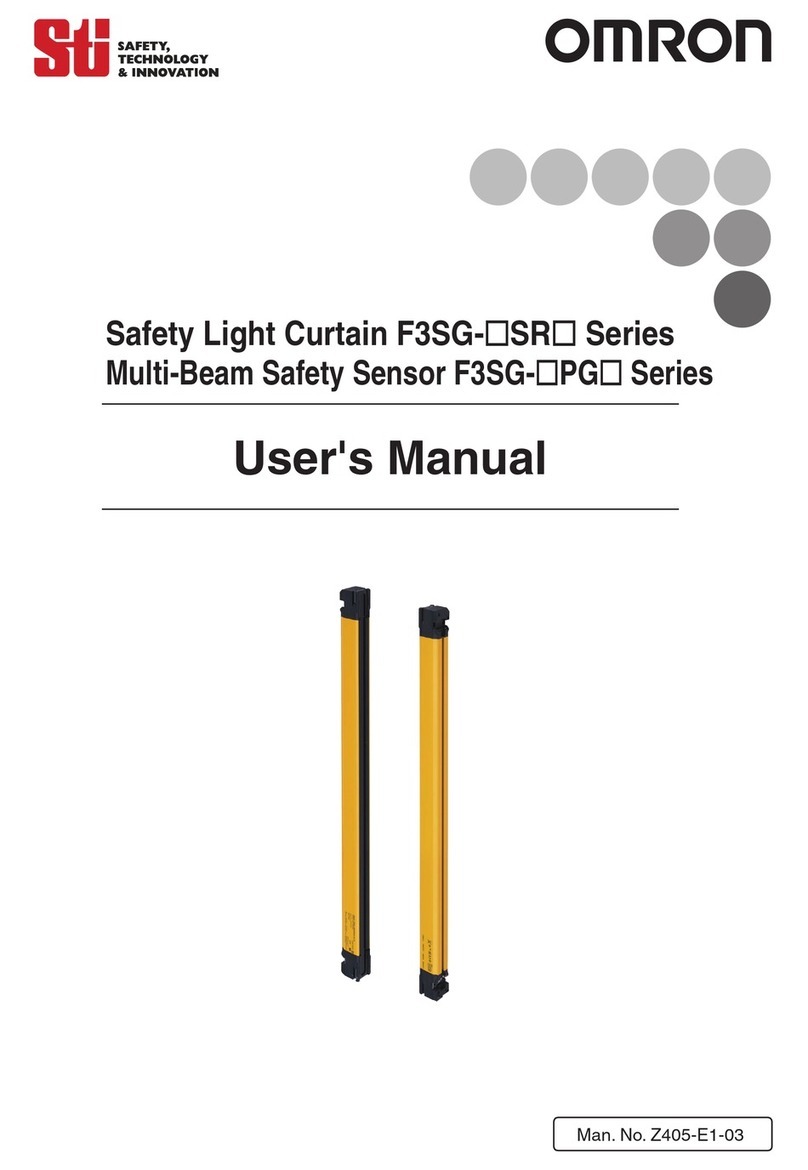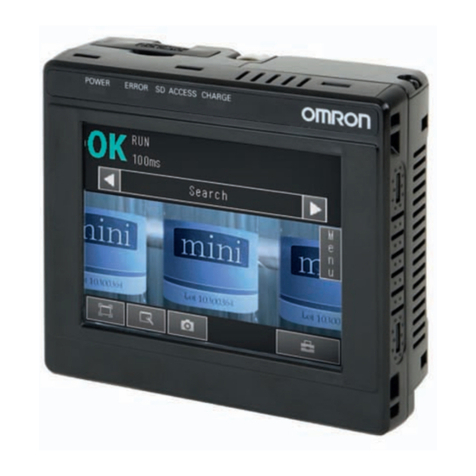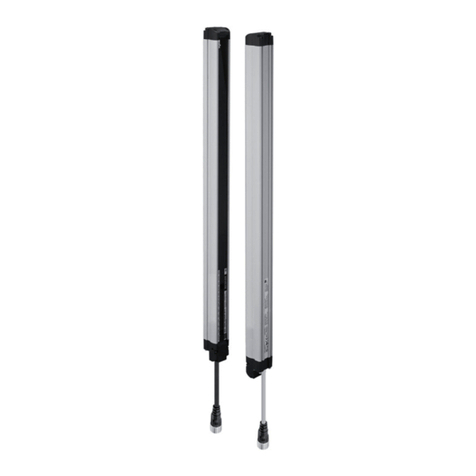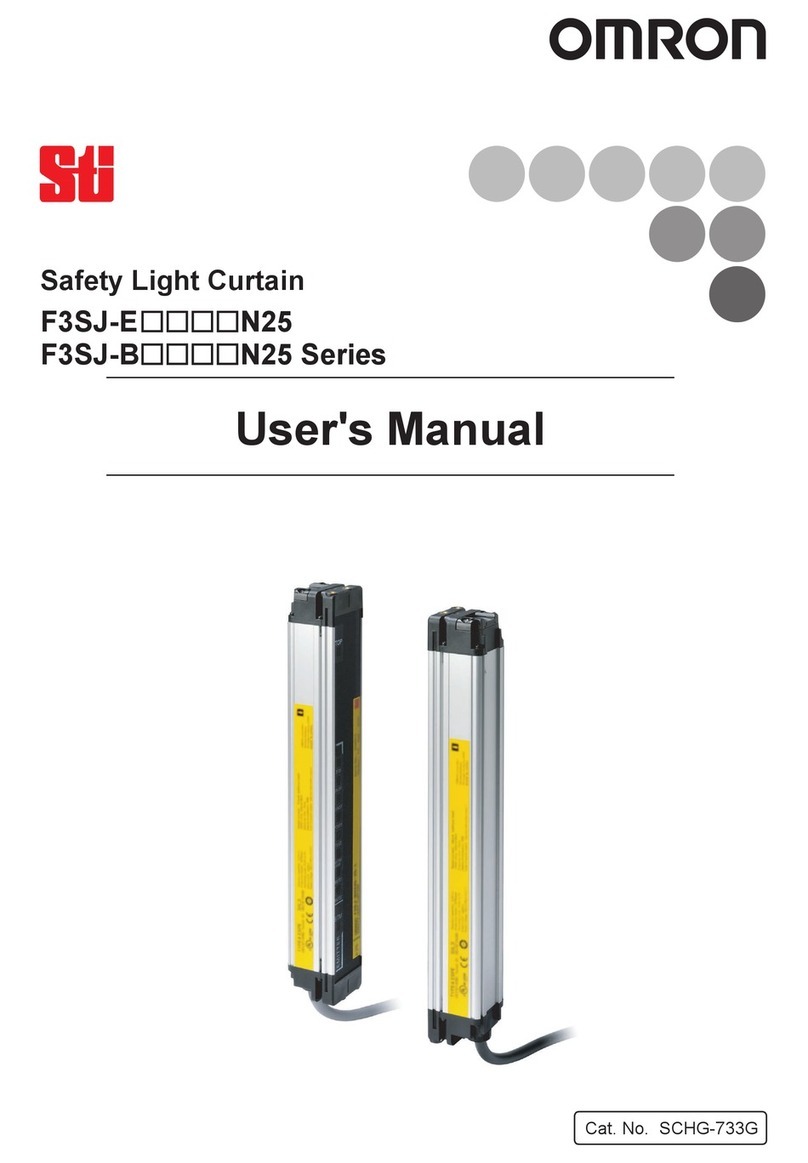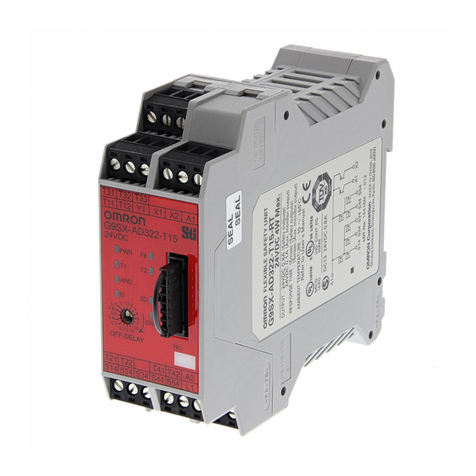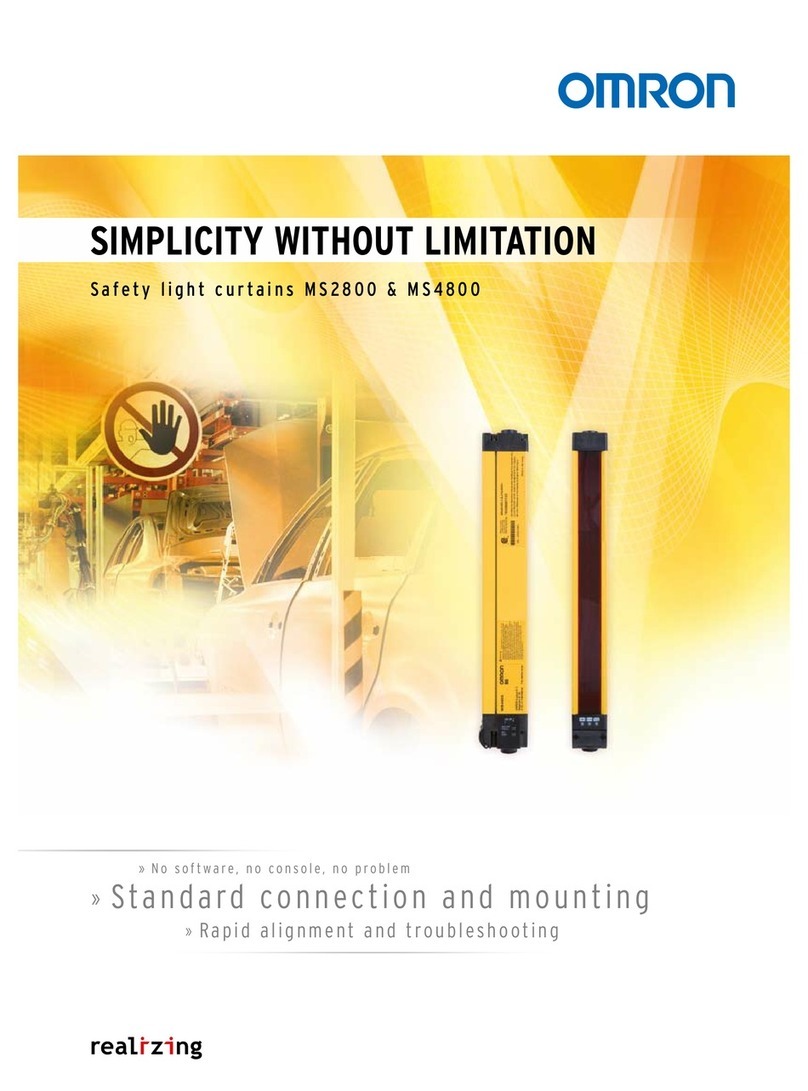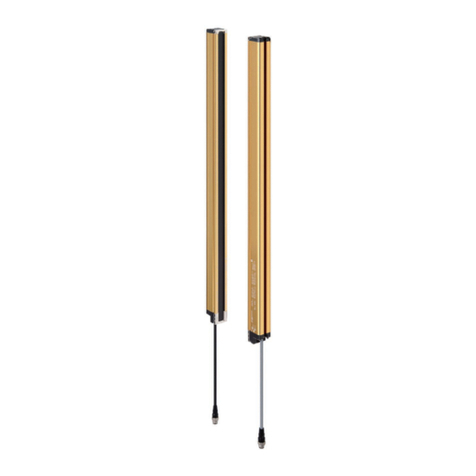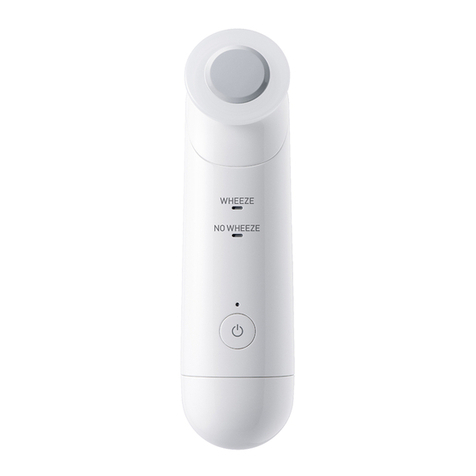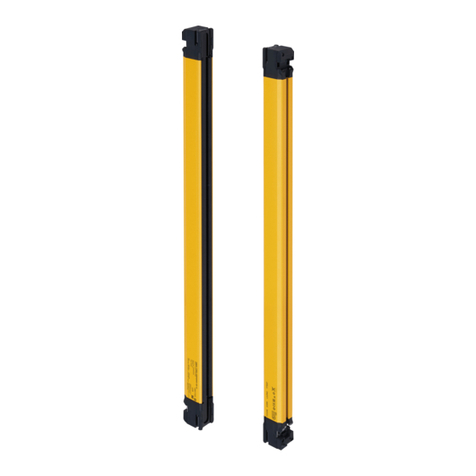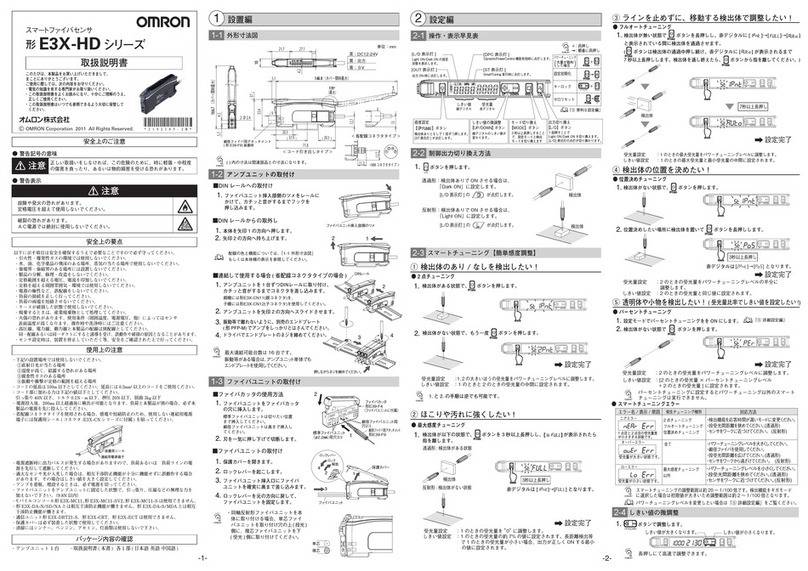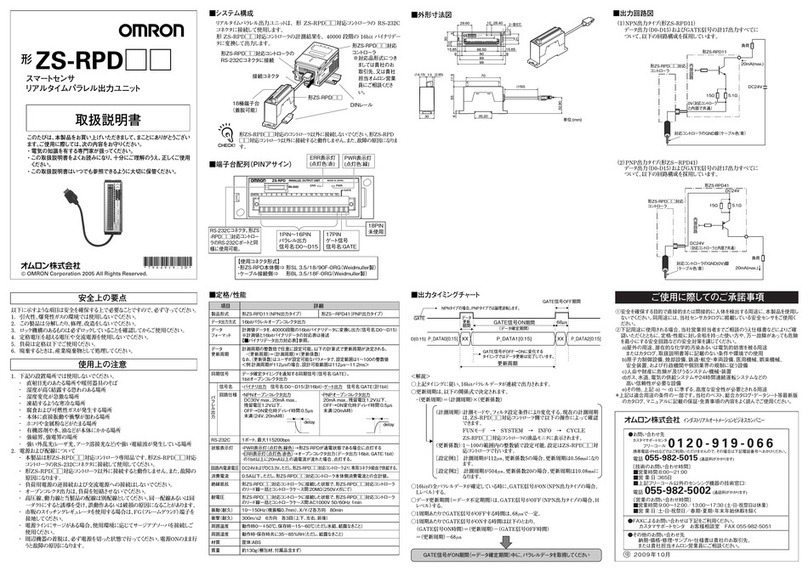
vii
TABLE OF CONTENTS
PRECAUTIONS .........................................................................................xi
1 Intended Audience.....................................................................................................................................xii
2 General Precautions...................................................................................................................................xii
3 Safety Precautions.....................................................................................................................................xii
4 Operating Environment Precautions..........................................................................................................xii
5 Application Precautions............................................................................................................................xiii
6 EC Directives............................................................................................................................................xiv
1 SPECIFICATIONS AND PERFORMANCE..................................15
1-1 Overall Specifications............................................................................................................................................16
1-2 Dimensions.............................................................................................................................................................17
1-3 Performance...........................................................................................................................................................18
2 INSTALLATION................................................................................23
2-1 Physical layout of the Unit.....................................................................................................................................24
2-2 Mounting the C200HW-CORT21..........................................................................................................................27
2-3 Network cabling.....................................................................................................................................................27
3 PLC INTERFACE..............................................................................29
3-1 Unit Settings...........................................................................................................................................................30
3-2 Control and Status area ..........................................................................................................................................32
3-3 LEDs, 7-Segment Display......................................................................................................................................37
4 MESSAGE COMMUNICATION, IOWR / IORD.........................39
4-1 Message communication........................................................................................................................................40
4-2 IOWR / IORD........................................................................................................................................................40
4-3 Error log.................................................................................................................................................................41
4-4 Reading the error log..............................................................................................................................................43
4-5 Transmitting a user defined CAN message............................................................................................................43
4-6 Receiving a user defined CAN message ................................................................................................................44
5 TROUBLESHOOTING AND MAINTENANCE...........................49
5-1 Error Indicators......................................................................................................................................................50
5-2 Troubleshooting .....................................................................................................................................................50
5-3 Maintenance...........................................................................................................................................................52
Appendices
Appendix A CS1 PLC series compatibility ..............................................................................................55
Revision History.........................................................................................57

